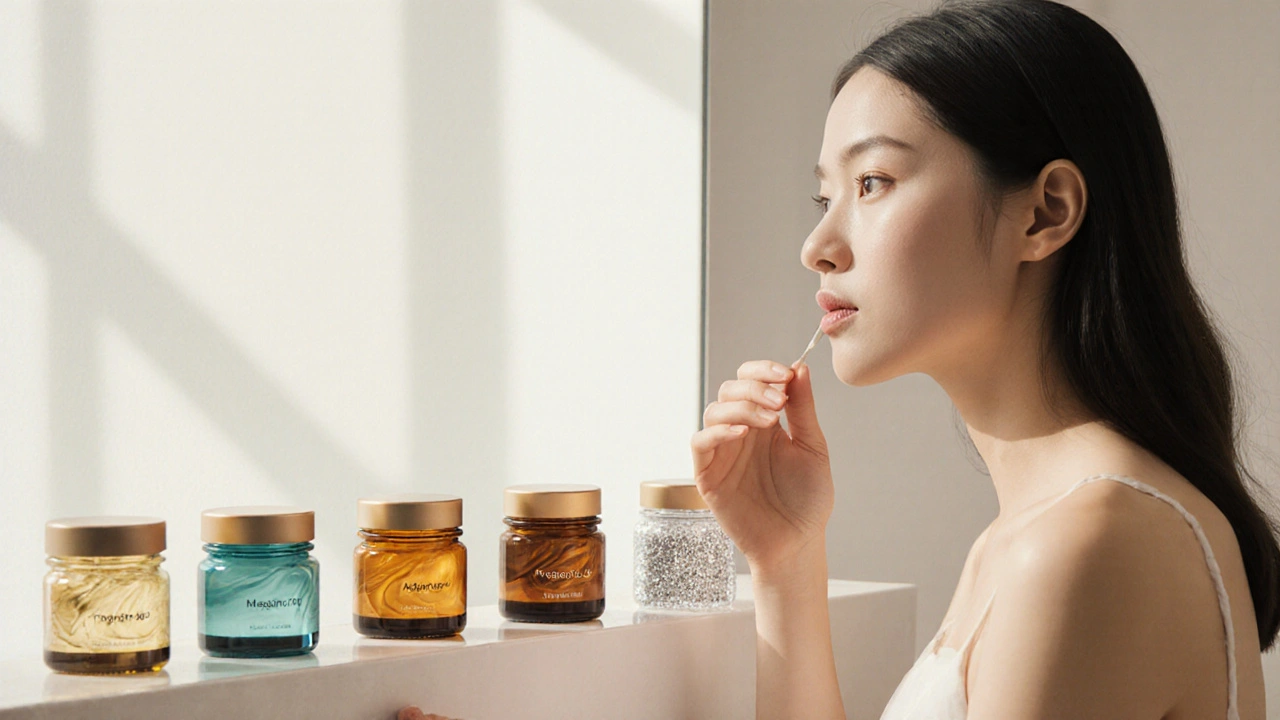When working with Tretinoin 0.05%, a low‑concentration topical vitamin A derivative used for acne and skin renewal. Also known as Retin‑A 0.05%, it belongs to the broader family of retinoids, compounds that speed up skin cell turnover. This short intro will walk you through how a gentle retinoid can fit into everyday skin care.
Retinoids, including our tretinoin 0.05% focus, act on the skin’s receptors to boost collagen production and unclog pores. The relation is simple: retinoids → increased cell turnover → clearer skin. Because they are derived from vitamin A, they also help normalize keratinization, which is why dermatologists often prescribe them for both acne, inflammatory breakouts and signs of skin aging, fine lines and uneven texture. Understanding this mechanism makes it easier to set realistic expectations.
For people battling acne, the key benefit is the reduction of comedones. Studies show that even a 0.025% concentration can lower lesion counts within weeks, and 0.05% offers a balance between efficacy and tolerability. The same principle applies to anti‑aging: by stimulating fresh cell growth, tretinoin softens fine lines and improves overall tone. In short, the drug tackles two problems with one action plan.
Because retinoids are prescription‑only in many countries, a dermatologist’s guidance is essential. They assess skin type, existing conditions, and possible interactions before writing a regimen. This is why the connection "tretinoin requires dermatologist prescription" matters—skipping that step can lead to misuse or unnecessary irritation.
Applying tretinoin 0.05% correctly maximizes results and minimizes side effects. Start with a pea‑sized amount on clean, dry skin at night. Many users find a “starter” schedule—every other night for the first two weeks—helps the skin adjust. Moisturizer can be layered after absorption to buffer irritation. Remember, consistency beats intensity; the skin’s response improves over time as it builds tolerance.
Common side effects include mild redness, peeling, and a temporary increase in breakouts, often called the “purging” phase. These signals mean the product is working, but they should stay mild. If irritation becomes severe, cut back frequency or consult your dermatologist for a lower strength or supportive ingredients like niacinamide.
People also wonder whether tretinoin 0.05% can be combined with other actives. Generally it plays well with hyaluronic acid, ceramides, and sunscreen. However, mixing it with strong acids or benzoyl peroxide may increase irritation, so stagger usage or separate them into morning/evening routines.
By now you should see how tretinoin 0.05% fits into a broader skin‑care strategy: a gentle retinoid that addresses acne and aging, works through cell turnover, needs a prescription, and requires careful application. Below you’ll find a curated list of articles that dive deeper into dosage tips, side‑effect management, comparisons with other retinoids, and real‑world user experiences.

A side‑by‑side look at tretinoin 0.05% versus adapalene, retinol, tazarotene, azelaic acid and bakuchiol, with tips, tables and FAQs to help you pick the right skin‑care retinoid.
© 2025. All rights reserved.